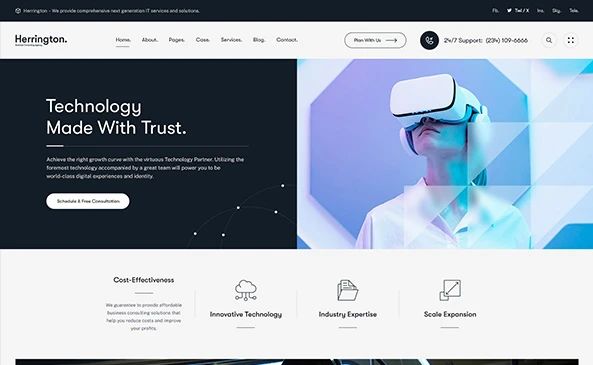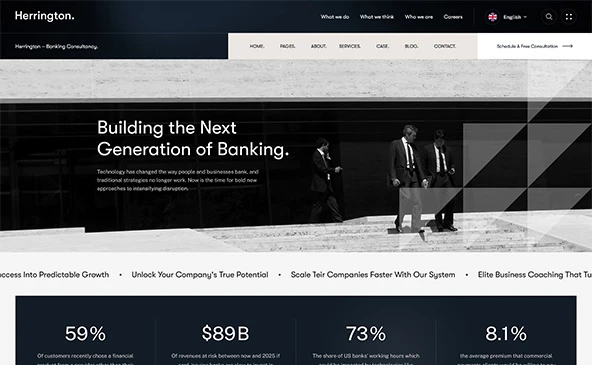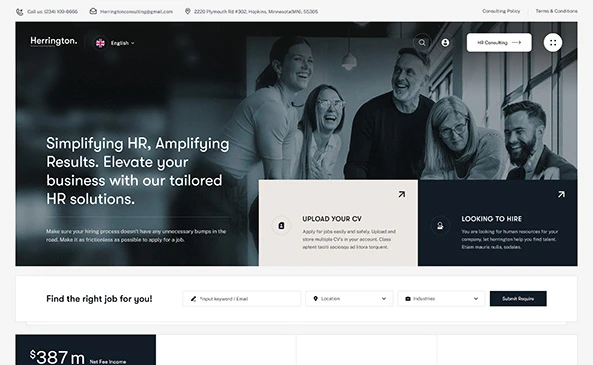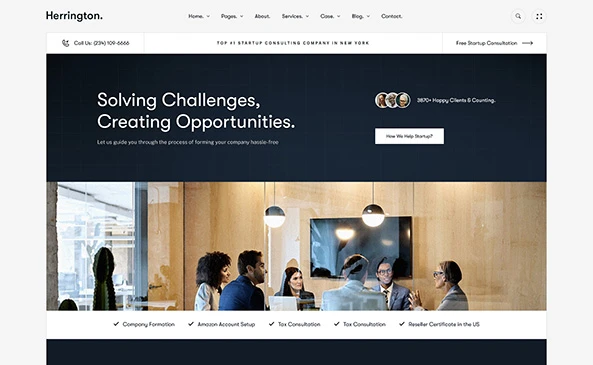Email remains one of the most critical communication tools for businesses, yet it is also one of the most vulnerable. Cybercriminals continue to exploit email as a primary attack vector, targeting both individuals and organizations with phishing, malware, and ransomware campaigns. Protecting your email systems is no longer optional—it is essential for operational security and business continuity.

Understanding the Email Security Landscape
The first step in solving the email security problem is understanding the breadth of the threats. Email attacks are increasingly sophisticated, often bypassing traditional spam filters and leveraging social engineering techniques to manipulate recipients. Businesses must recognize that email security is not only about filtering unwanted messages—it is about securing sensitive information, maintaining compliance, and protecting both employees and clients.
1. Implement Advanced Threat Protection
One of the most effective strategies to safeguard email systems is to deploy advanced threat protection solutions. These tools use machine learning, behavioral analysis, and real-time threat intelligence to detect and neutralize malicious emails before they reach inboxes. Features like attachment sandboxing, link scanning, and AI-driven phishing detection can dramatically reduce the risk of breaches. Companies should also regularly update these systems to stay ahead of evolving threats.
2. Train Employees on Security Awareness
Technology alone is never enough. Human error remains one of the leading causes of email security incidents. Regular security awareness training equips employees with the knowledge to identify suspicious emails, verify senders, and respond appropriately. Simulated phishing campaigns, interactive workshops, and clear reporting channels reinforce best practices and build a culture of vigilance throughout the organization.
3. Strengthen Authentication and Access Controls
Securing email accounts through multi-factor authentication (MFA), strong password policies, and role-based access controls adds an additional layer of protection. Even if credentials are compromised, these measures prevent unauthorized access and mitigate the potential damage of a breach. Organizations should also regularly audit access privileges to ensure only authorized personnel can access sensitive email accounts.
4. Encrypt Sensitive Communications
Encrypting emails containing confidential or sensitive information ensures that messages remain secure in transit and at rest. Modern encryption solutions integrate seamlessly with existing email platforms, protecting data without disrupting workflow. End-to-end encryption not only prevents interception by cybercriminals but also ensures compliance with data privacy regulations such as GDPR and HIPAA.
5. Maintain Continuous Monitoring and Incident Response
Even with all preventative measures in place, breaches may still occur. Continuous monitoring of email traffic and system logs allows organizations to detect anomalies early and respond quickly. Having a defined incident response plan ensures that potential threats are addressed promptly, minimizing downtime and mitigating reputational damage. Proactive monitoring, combined with regular system updates and audits, forms the backbone of a resilient email security strategy.
Email security is not a one-time effort—it’s an ongoing commitment. Organizations that invest in both technology and training are the ones that can truly mitigate risk.
Bruce Schneier, Security Technologist and Author – Quote
Solving the email security problem requires a holistic approach that combines advanced technology, employee education, and robust policies. By implementing threat protection, training staff, strengthening authentication, encrypting communications, and maintaining continuous monitoring, organizations can reduce vulnerabilities and protect critical information. In an age where cyber threats are constantly evolving, proactive email security is not just a best practice—it is a business imperative.



















